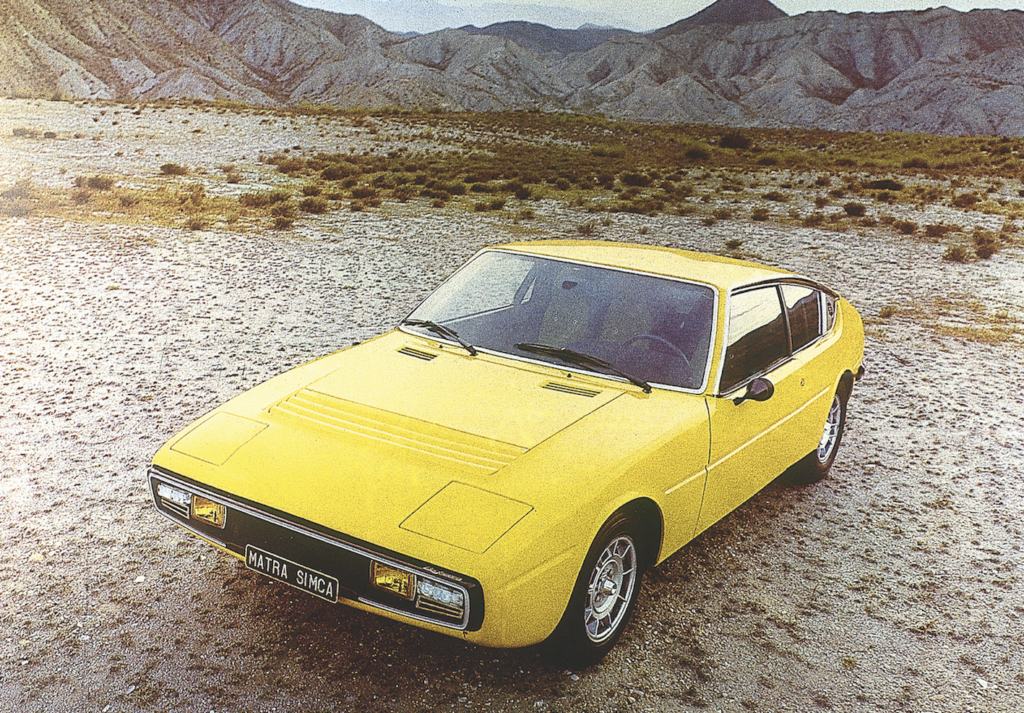
As with the Scénic Vision concept car, the Alpine A290_ß show car offers two timelines: a very concrete exterior style that represents 85% of the final car, and a futuristic interior style that will obviously not be retained on the production Alpine A290 in 2024. It interprets in its own way the DNA generated in the Alpenglow concept in 2022 below.
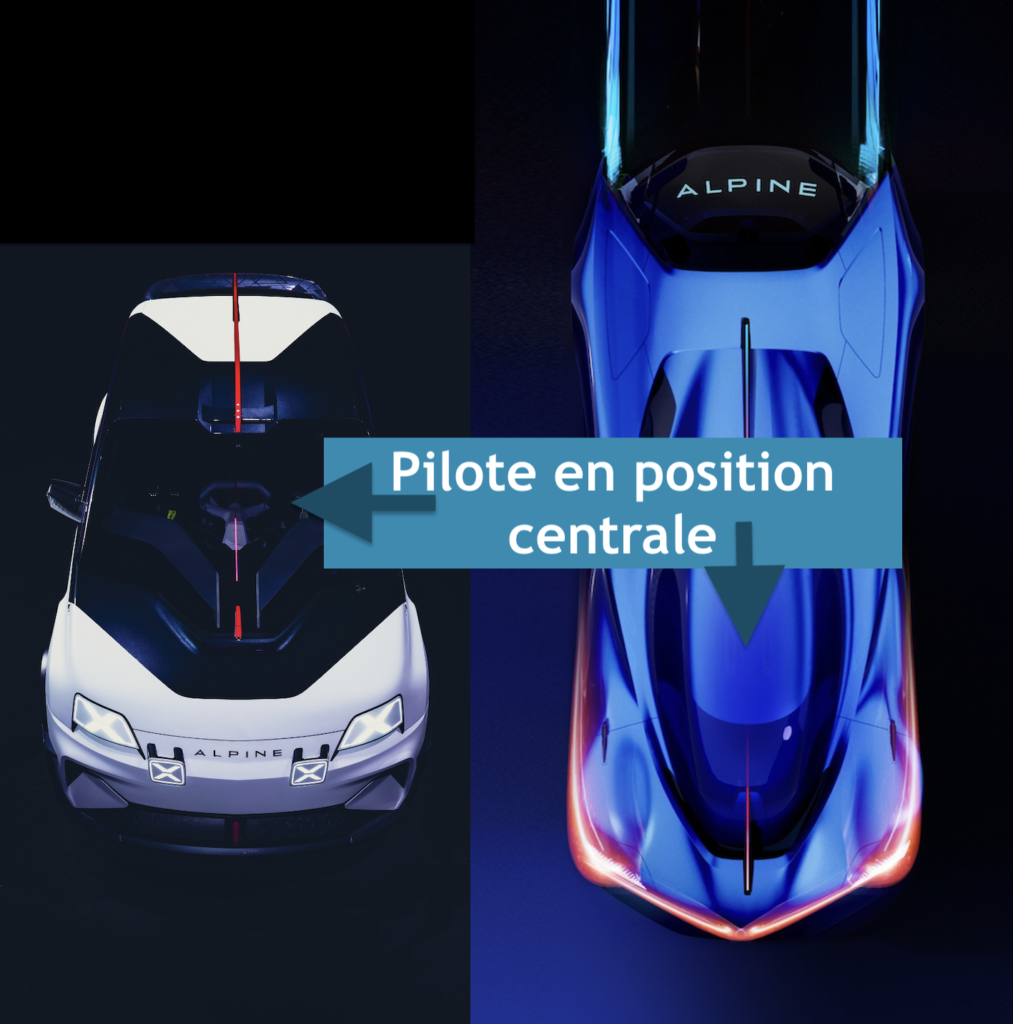
The central seat offers a perfectly symmetrical view of the cabin and an ideal view of the road, or track. This interior architecture is not new in itself. And very logical in the end. But it does impose a few constraints, the first of which is obviously access to the central seat, especially when it is flanked by two passenger seats on either side.
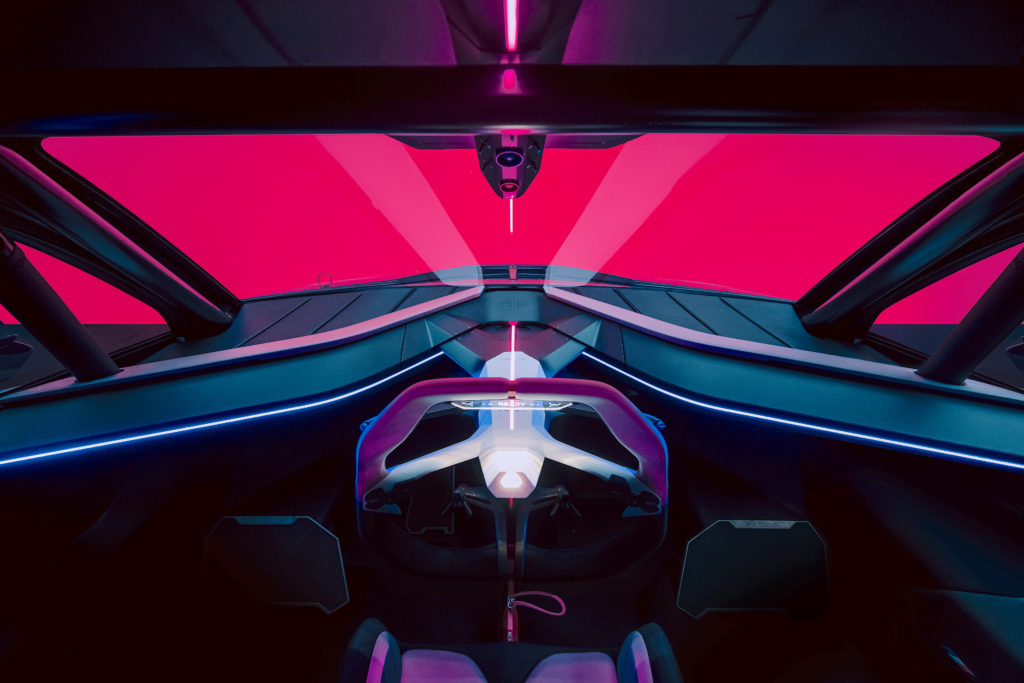
One of the latest cars to offer – in small numbers – a central driving position is the hyper-GT McLaren Speedtail hybrid, of which 106 are sold in three separate trims with, says McLaren, “an almost limitless range of customisation available to owners.”
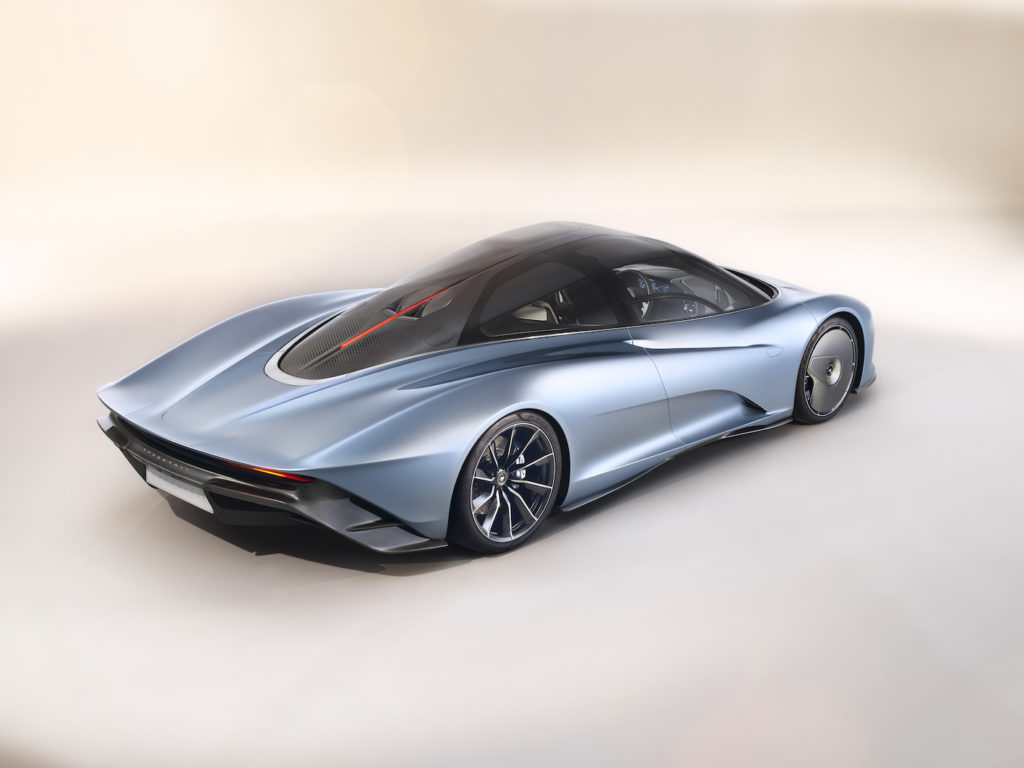
The first Speedtails were released just two years ago. The driver is in the middle with two passengers on either side, just like in the legendary McLaren F1 of 1992, and has a perfect view to drive the 1050 hp car to its top speed of 403 km/h.
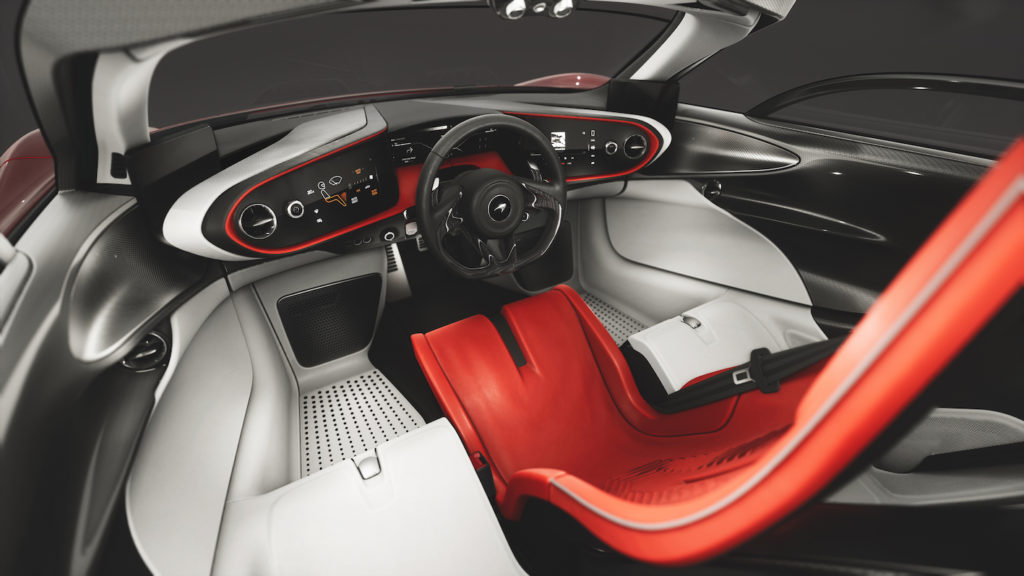
The Speedtail’s central driving position and three-seat layout was pioneered by the iconic McLaren F1 in 1992. This architecture was publicly unveiled for the Speedtail in a prototype based on the reconfigured McLaren 720S with a single seat in the centre position. But to sit in the Speedtail, the 106 owners had to fork out £1.75 million, or about €1.55 million, not including taxes or even malus in the various countries where the beast landed.
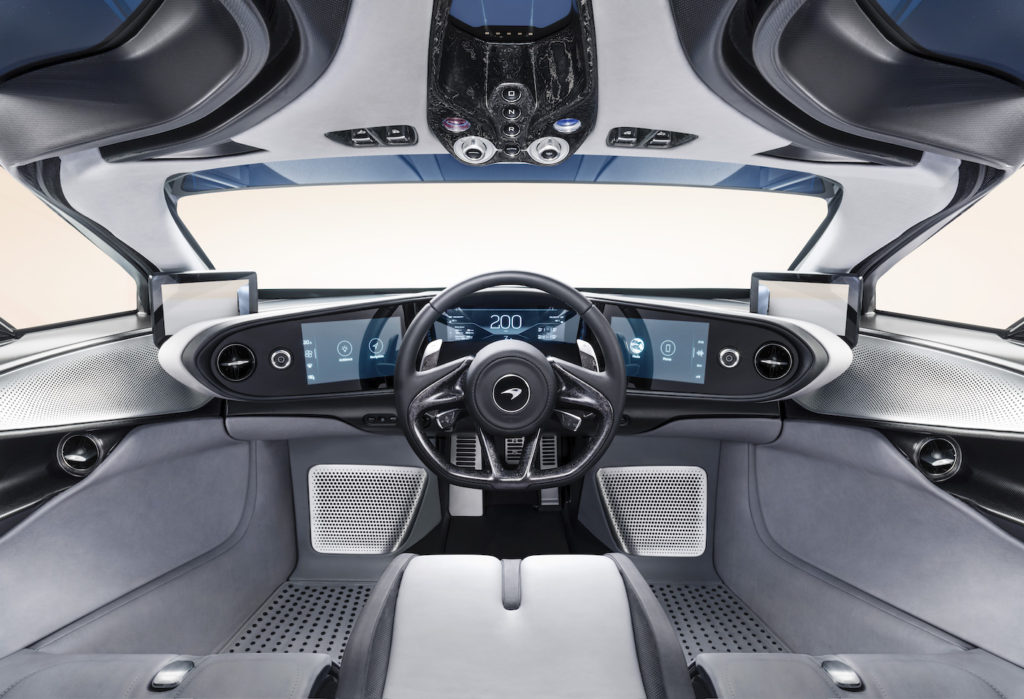
In addition to the peripheral vision and the feeling of being at one with the car, the advantage of this architecture is that the interior offers ideal positioning of the controls. As in the McLaren Speedtail, the Alpine A290_ß exports some of the controls to the roof level, like aircraft controls.

Comparing the Alpine A290 in its show car form to a McLaren is not a trivial matter. However, neither Alpine nor McLaren invented this architecture. In our contemporary world, we can go back to the Ferrari 365 P Berlinetta Speciale show car prototype presented by Pininfarina in 1966 (below).
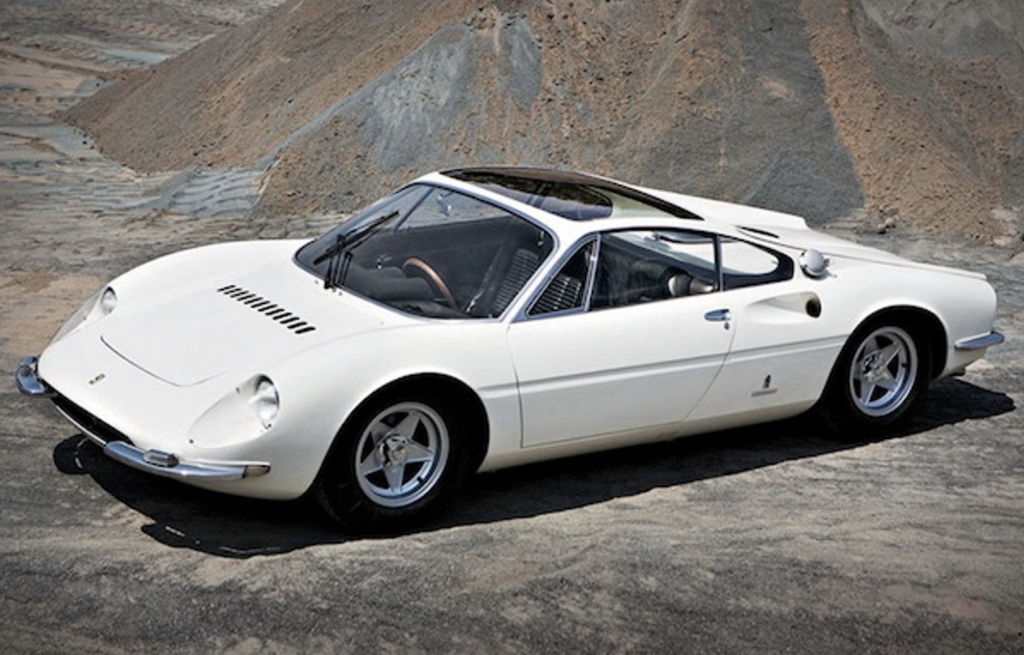
Like the McLaren and Alpine A290_ß, this berlinetta with its 4.4 litre, 380 bhp V12 engine offers three seats with the driver in the middle. This Ferrari, designed at the very beginning of the Sergio Pininfarina era, took on some of the features of the Dino unveiled the previous year.
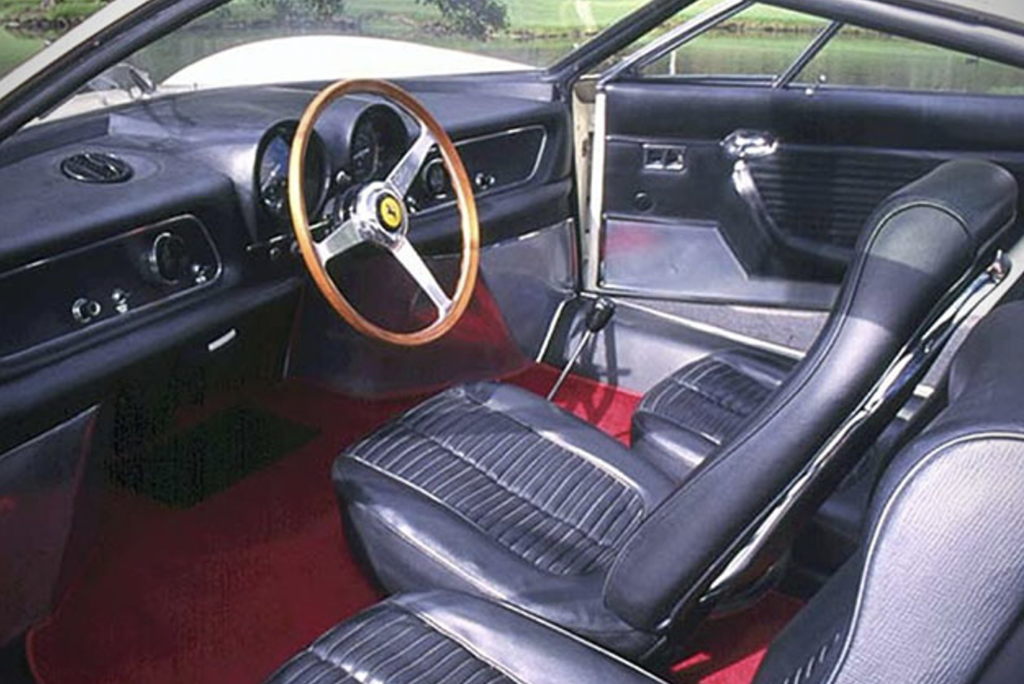
Two years later, in 1968, Giorgetto Giugiaro presented his first concept car under the name of his new company Italdesign. This three-seater coupé with a driver in the centre was based on a Bizzarrini chassis.
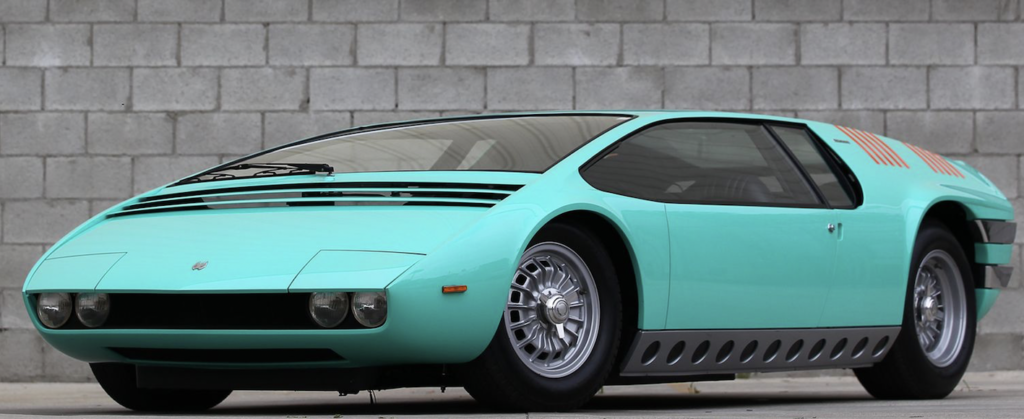
The Bizzarrini Manta (above) arrived at the same time as Gandini’s exceptional Carabo on the neighbouring Bertone stand. The Manta is powered by a Chevrolet V8 engine with 400 bhp and is capable of very rewarding performance for its time with a top speed of 330 km/h.
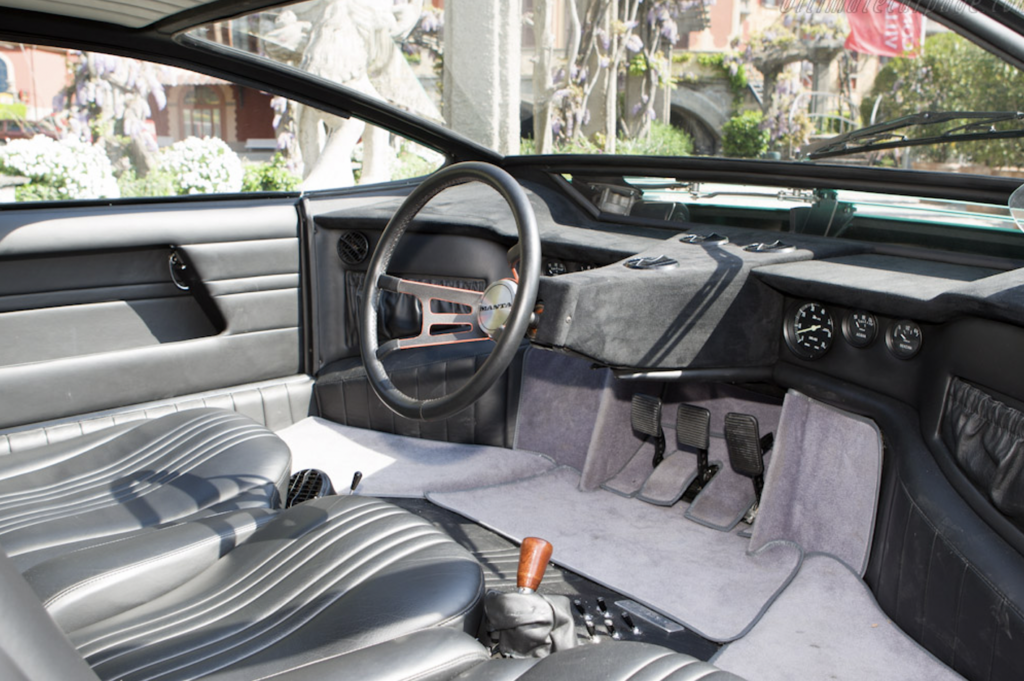
The driver-centred architecture was also the basis for many of Citroën’s works from the 1950s to the 1970s. Here, for example, is a design by Michel Harmand for a compact coupé that already had the driver in the centre, flanked by two passengers on either side.
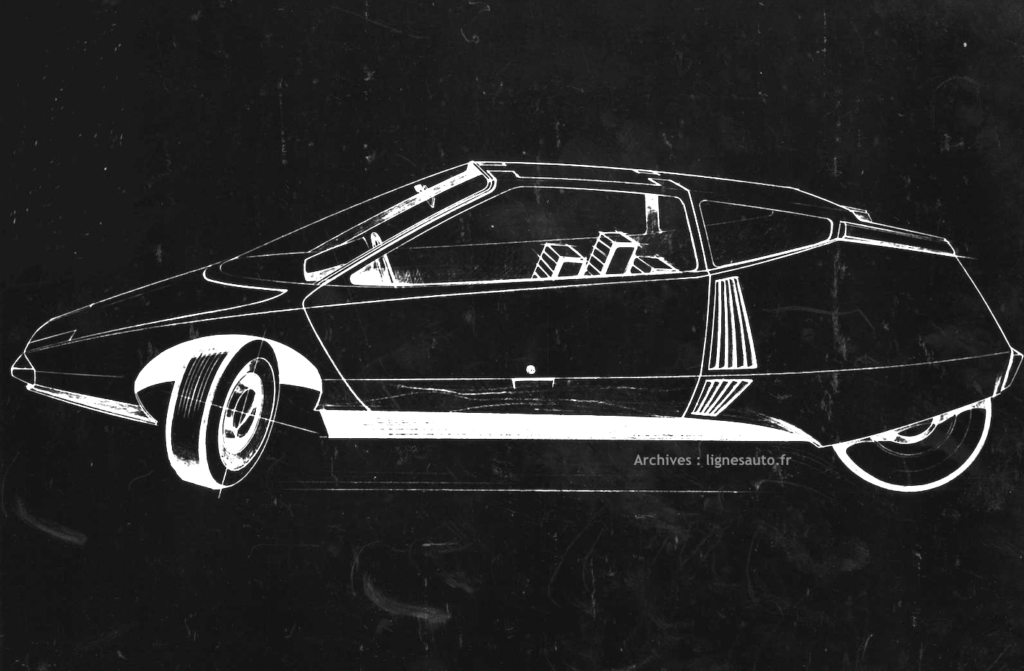
Michel Harmand also worked on a stillborn project for a suburban car with a four-seat ‘diamond’ architecture and a driver in the centre, below.
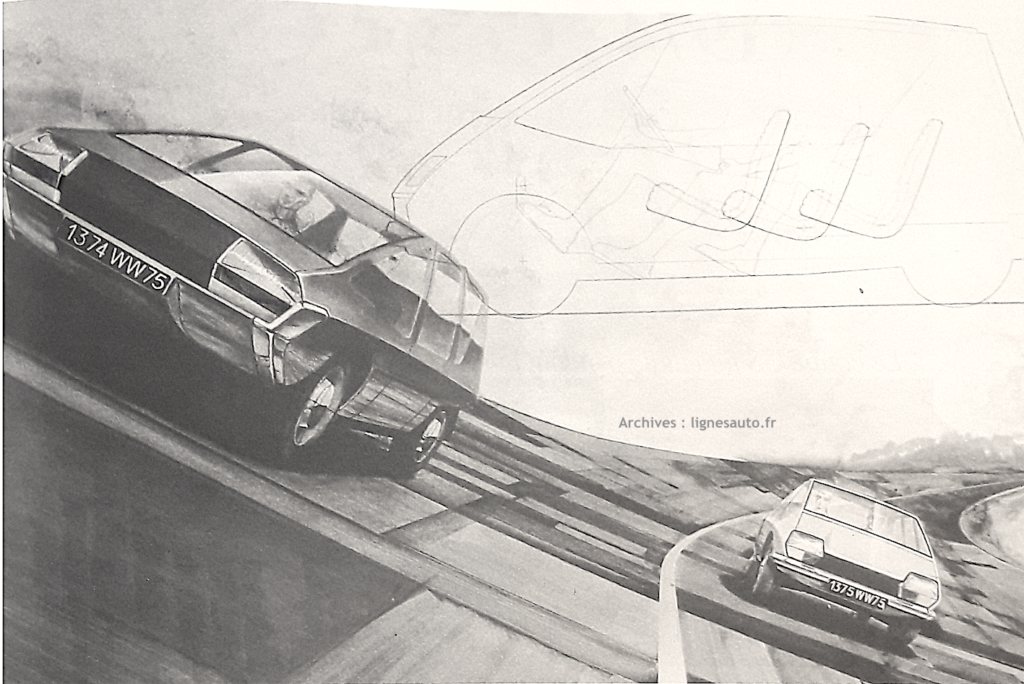
In 2008, to celebrate the fortieth anniversary of his company Italdesign, Giorgetto Giugiaro reinterpreted his very first Manta concept car and took up the architecture of the three-seater with the driver in the centre. The concept is called Quaranta.
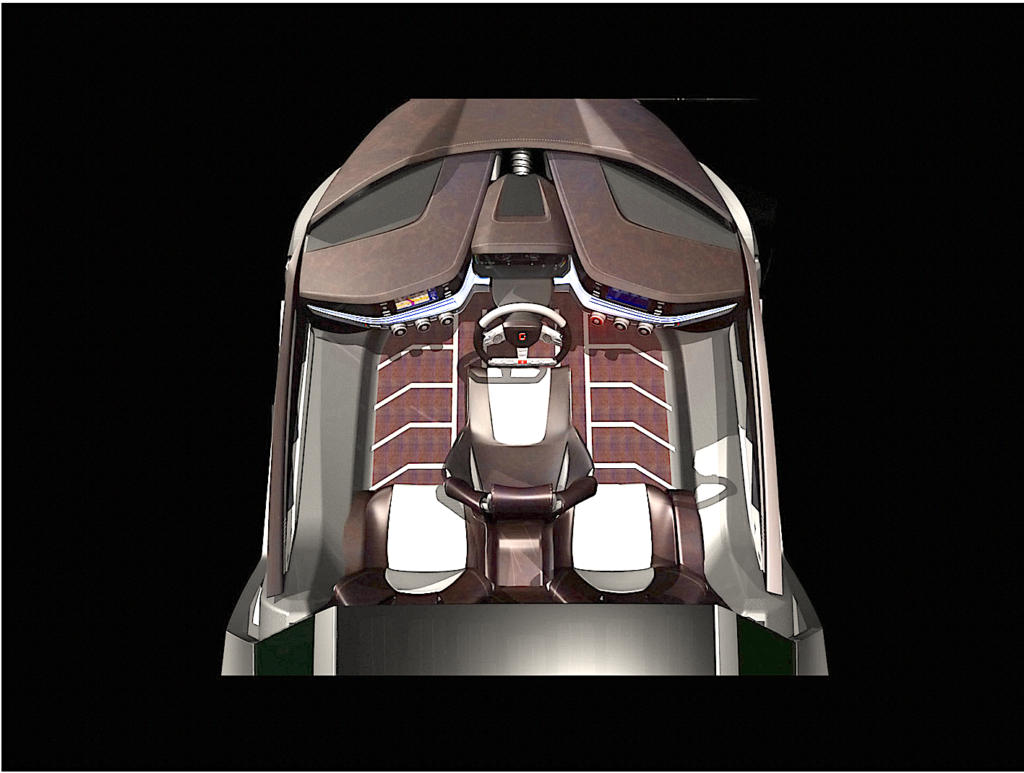
Six years later, to announce its small Indian Kwid vehicle, Renault presented an original concept car at the 2014 New Delhi Motor Show. The concept appropriates the architecture of the three front seats with the driver in the centre. A small drone is carried on board the concept car, enabling it to scout the terrain before venturing onto the rough tracks that the Kwid feels it can tackle!
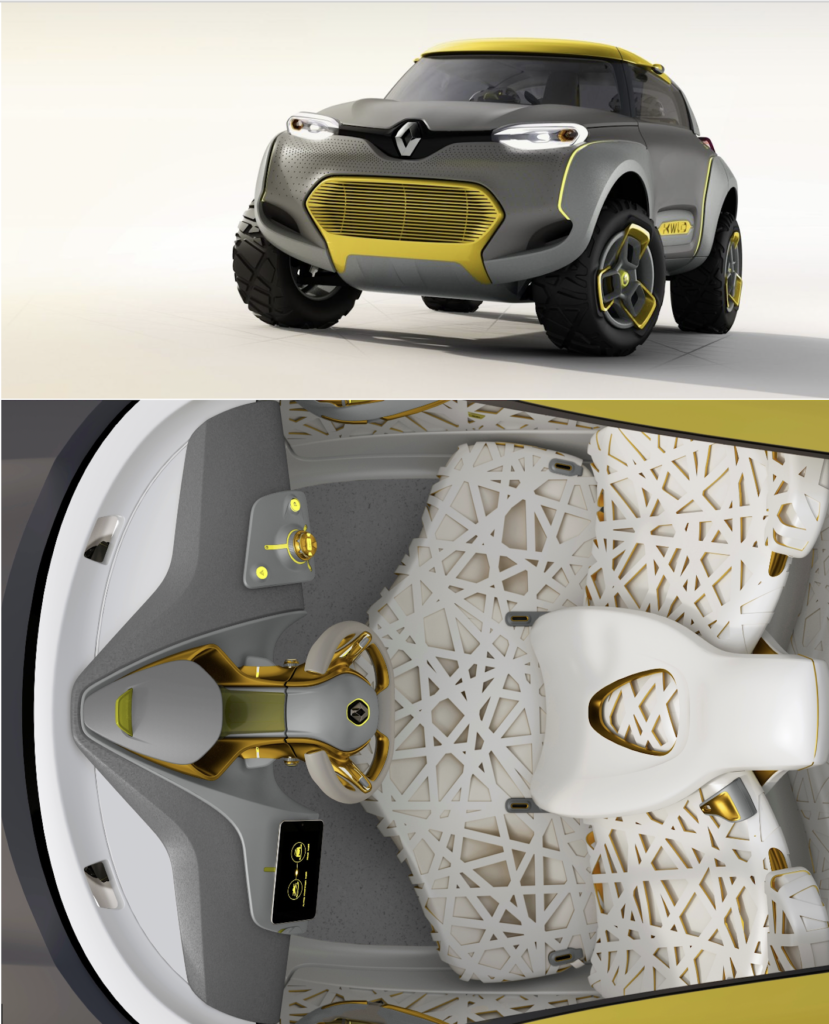
In the same year, Rinspeed presented the Rinspeed XchangE at the 2014 Geneva Motor Show, a fully autonomous Tesla sedan with a steer-by-wire steering column that allows the steering wheel to be positioned in the centre, left or right (below).
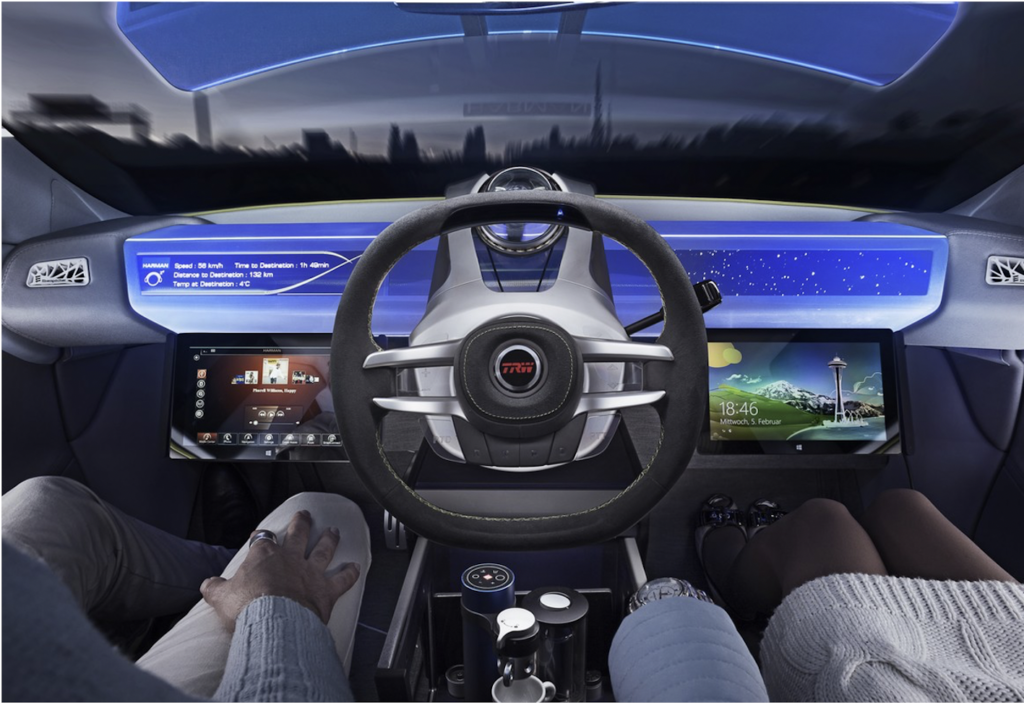
A concept that Citroën also offered on its C-Crosser concept car (below) presented in 2001. Sandwiched between a small avant-garde Osmose from 2000 and the sublime C-Airdream manifesto from 2002, the C-Crosser did not leave a lasting impression. And yet, it remains the first futuristic SUV designed by the young team of Jean-Pierre Ploué.
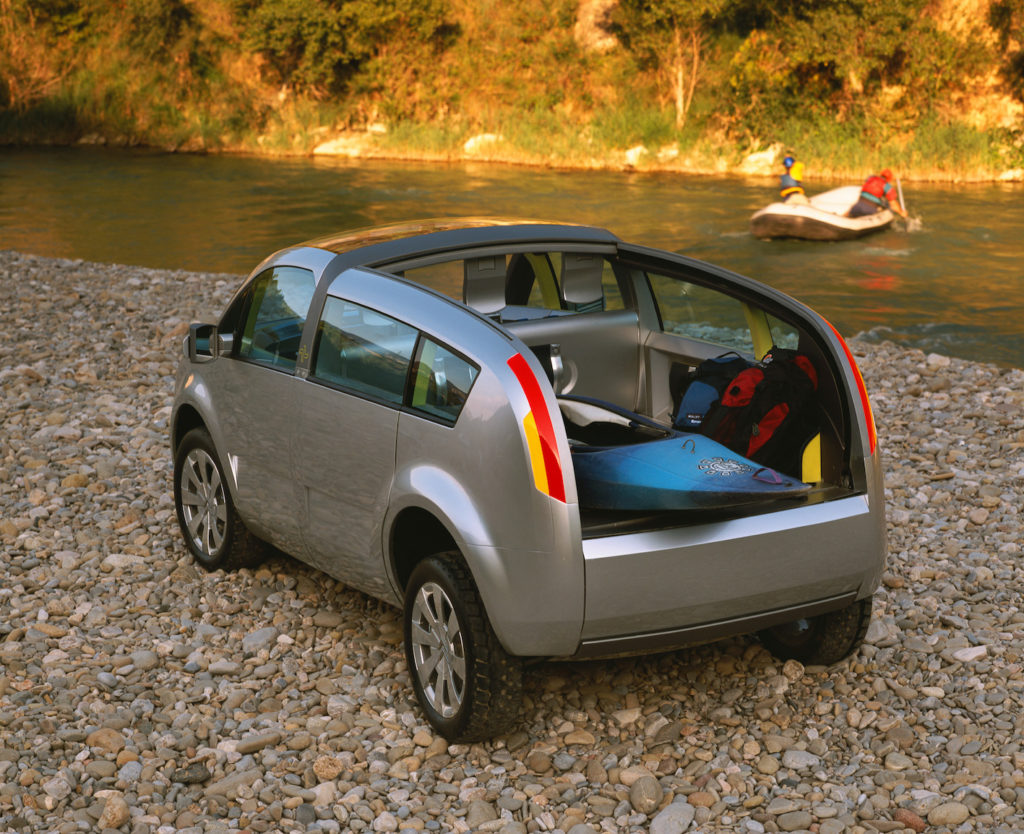
Like some of the other concept cars, it brings very futuristic technological content, such as the ability to slide the driver’s seat from left to right, even with the driver in the middle position.
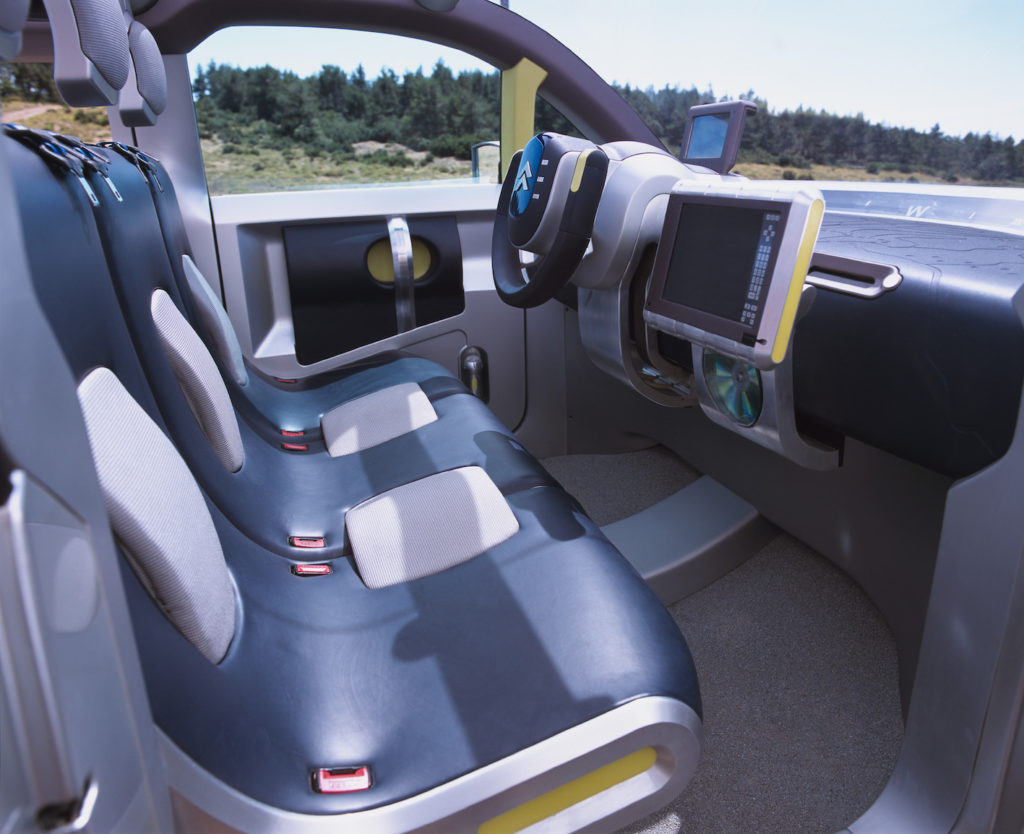
Of course, it should not be forgotten that other production products offered three seats abreast, but with the driver wisely positioned on the left and the two passengers on his right. We can only mention the Matra Simca Bagherra of 1973 and the Fiat Multipla of 1998.
